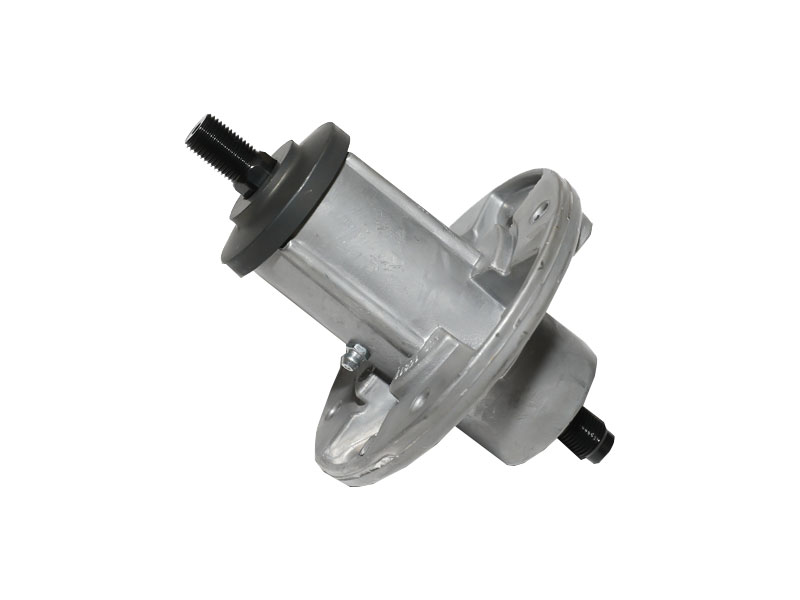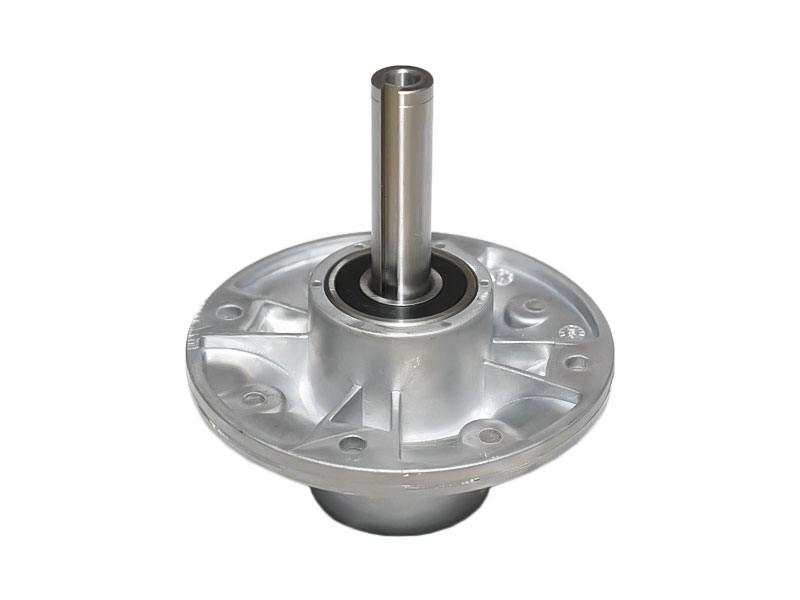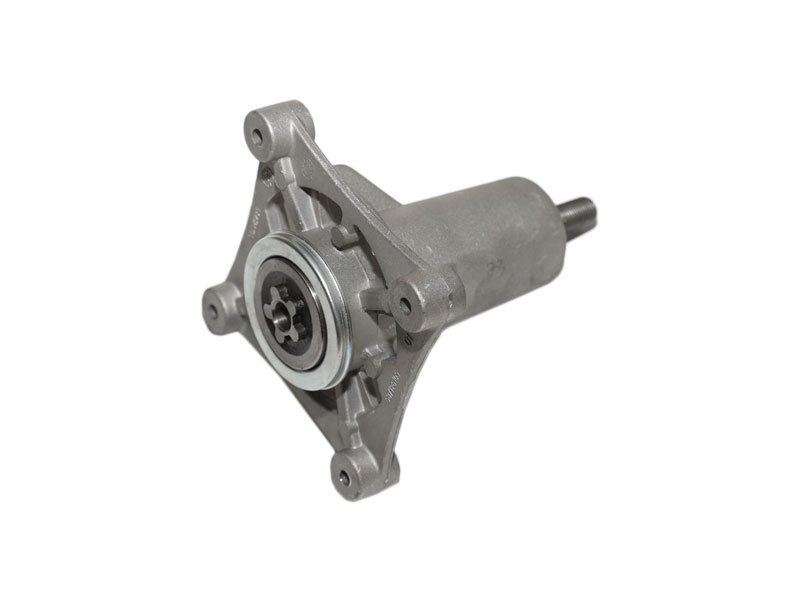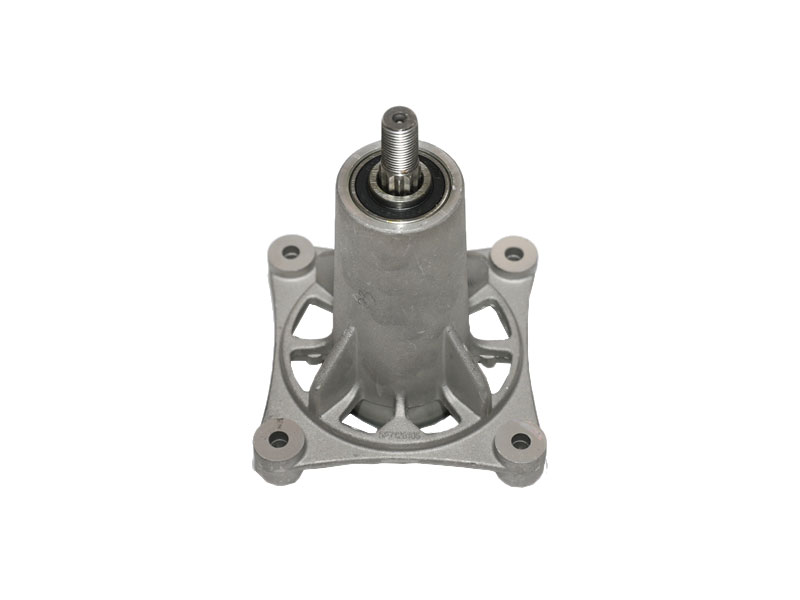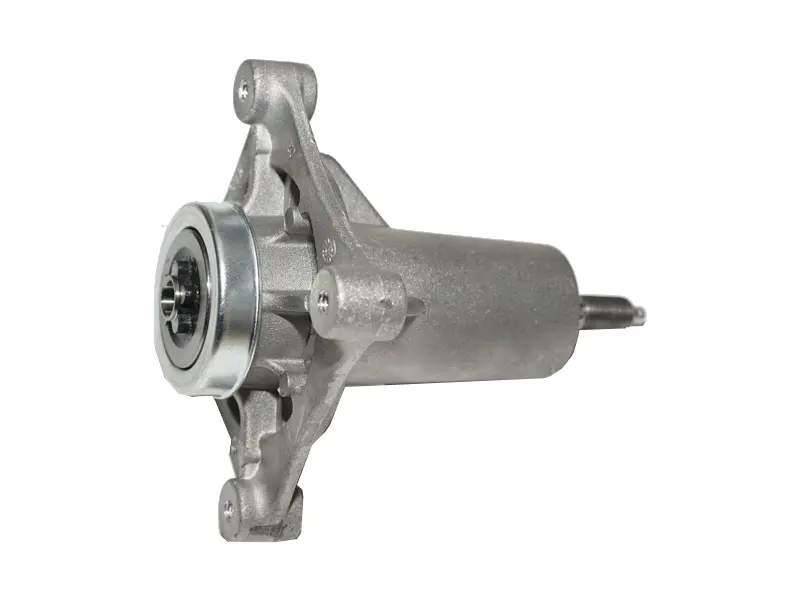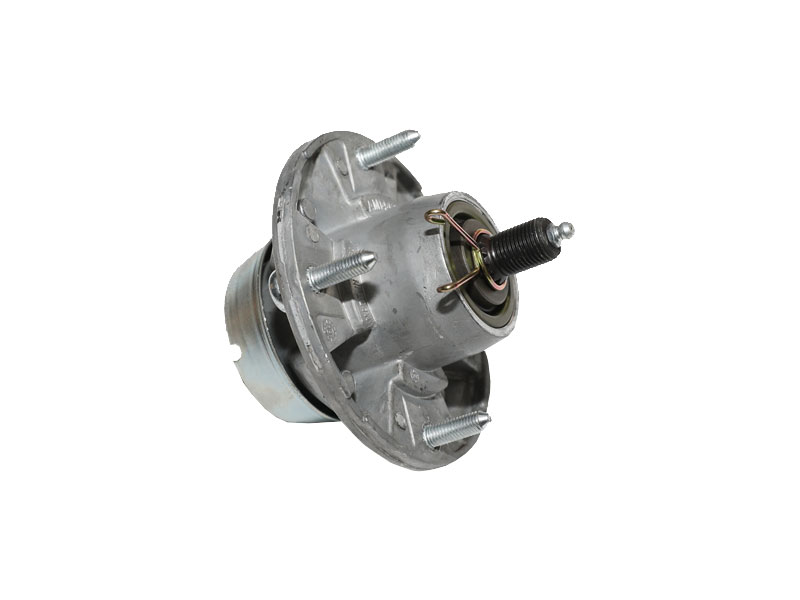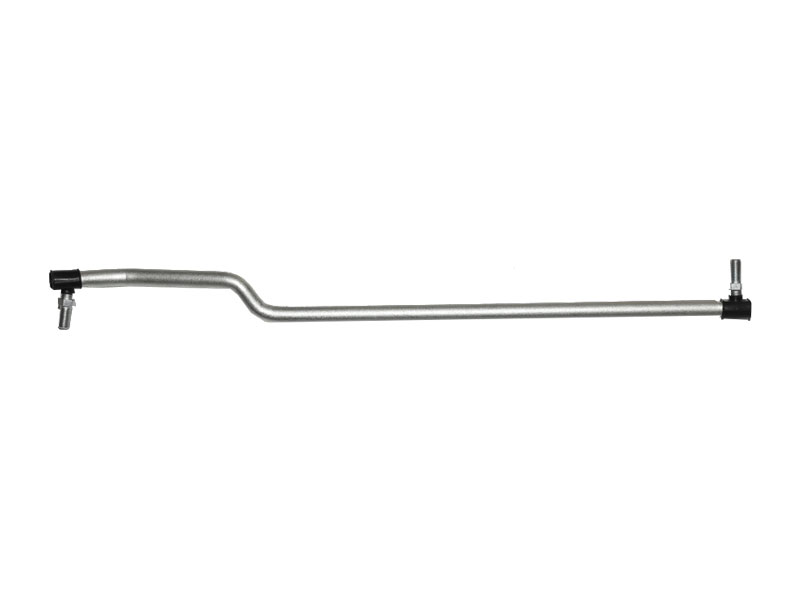
Construction and Materials:
Standard Drag Link: Standard drag links are typically made from regular steel or alloy materials, designed to meet the requirements of average-sized vehicles and normal driving conditions. They are built with standard tolerances and may not be able to handle the increased stress that heavy-duty applications demand.
Heavy Duty Drag Link: Heavy-duty drag links are constructed using stronger materials, such as forged steel or heavy-duty alloys. These materials offer increased durability and resistance to wear, making them suitable for larger, heavier vehicles and off-road applications.
Size and Diameter:
Standard Drag Link: Standard drag links are generally smaller and have a standard diameter to match the requirements of regular vehicles.
Heavy Duty Drag Link: Heavy-duty drag links are thicker and more robust to handle the increased stress and torque generated by larger vehicles and more demanding conditions, such as off-road driving or towing heavy loads.
Load-Bearing Capacity:
Standard Drag Link: Standard drag links are designed to handle the steering demands of regular vehicles with average loads and typical driving conditions.
Heavy Duty Drag Link: Heavy-duty drag links are built to withstand higher loads and forces, making them suitable for trucks, SUVs, or modified off-road vehicles that may put additional stress on the steering system.
Applications:
Standard Drag Link: Standard drag links are commonly used in compact cars, sedans, and smaller SUVs where the steering demands are relatively moderate.
Heavy Duty Drag Link: Heavy-duty drag links are utilized in larger trucks, SUVs, 4x4 vehicles, and off-road applications where increased strength and durability are necessary.
It's essential to use the appropriate drag link for your vehicle based on its size, weight, and intended use. Installing a heavy-duty drag link on a standard vehicle may not offer significant benefits and could be unnecessary. Conversely, using a standard drag link on a larger, heavier vehicle or an off-road rig could lead to premature wear and potential steering issues. Always refer to the manufacturer's recommendations and consult with experts if you are unsure about the right choice for your specific vehicle.
 English
English 中文简体
中文简体 Español
Español svenska
svenska




